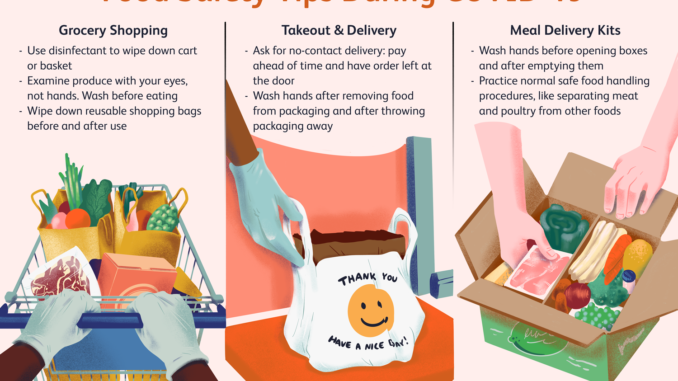
By: Kanoa Ikeda-Flynn
By now, many have heard that the prevention of spreading COVID-19 is being executed through social distancing and the closure of all non-essential businesses throughout the United States. While health advisers including those from the CDC and WHO both advise shelter-in-place, frequent hand washing, and consistent disinfecting of objects and surfaces, food and other supplies is a necessity for people to leave their homes.
Regardless of the prevention attempts, all of the public must continue to be aware of the dangers posed to obtaining anything from public spaces. Many Americans have been drawn to the appeal of meal and grocery delivery. The delivery industry has seen a heavy spike in usage following the outbreak due to the ability of helping the public, and especially those who are at high-risk.
A few companies operating delivery that run outside of specific restaurants include:
- AmazonFresh.
- Amazon’s Prime Pantry.
- Google Express.
- Instacart.
- Peapod.
Meanwhile, restaurant-catered delivery services such as UberEats and Grubhub remain operational and reliable.
Even so, delivery does not fully eliminate the risks of receiving groceries. According to the National Institutes of Health, COVID-19 while being transmitted through air, can also survive for a duration of time on surfaces.
“The scientists found that severe acute respiratory syndrome coronavirus 2 (SARS-CoV-2) was detectable in aerosols for up to three hours, up to four hours on copper, up to 24 hours on cardboard and up to two to three days on plastic and stainless steel.”
What can be a misconception through the abilities of transmission of the disease can put more people at risk of obtaining it. What the majority of health officials continue to recommend would be caution when it comes to disinfecting what you bring into your home whether its packaging or yourself.
